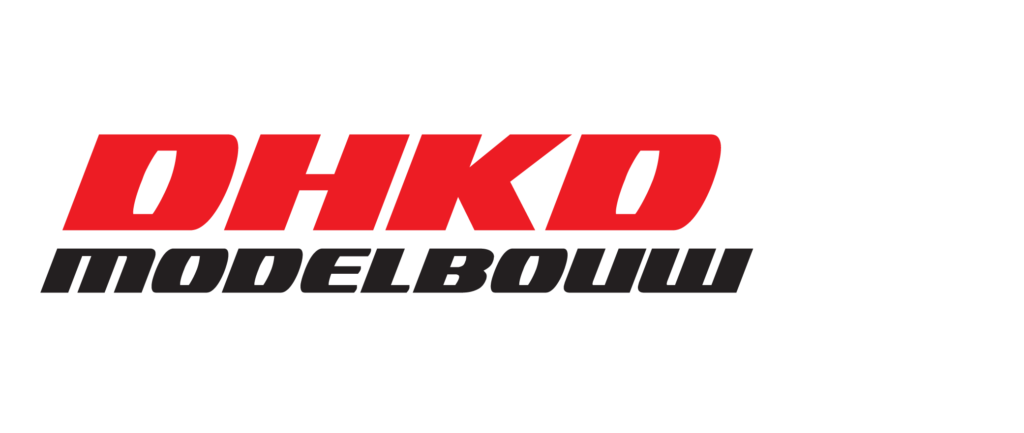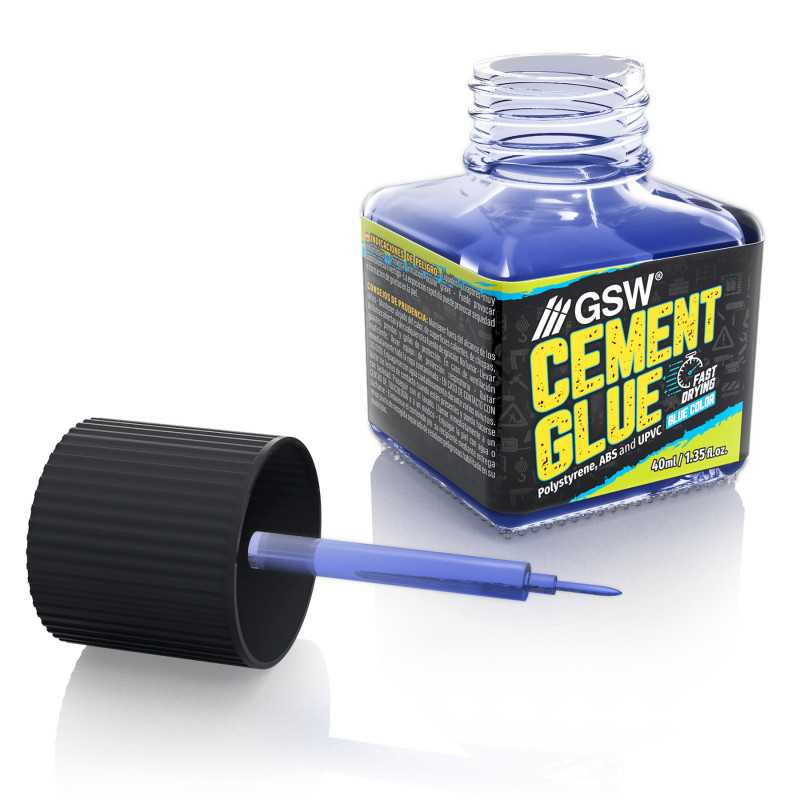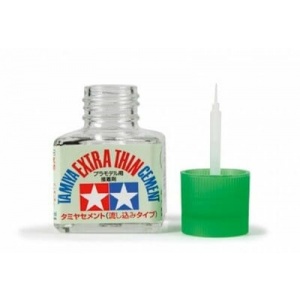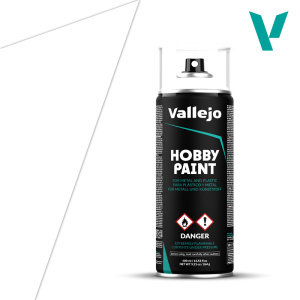Blue Cement Glue for Plastic Models
The glue for plastics, specially designed for model making and model kits, known as cement glue, is now available in a blue-colored version. This adhesive retains all the effectiveness and strength of the original transparent version, with the additional advantage of a blue tint that clearly indicates the areas where the glue has been applied.
This blue modeling glue comes in liquid form and is applied directly onto the surfaces intended to be joined. Its blue coloration provides excellent visual contrast, allowing precise identification of glue placement before it dries. This feature is particularly beneficial given the fast-drying properties typical of cement glues. With transparent versions, it can sometimes be difficult to see where the adhesive has been applied before it sets, making accurate placement challenging.
Like the transparent variant, the blue cement glue works by partially melting the surfaces it contacts, creating a chemical “weld” between them. This chemical fusion results in a strong bond, free of visible joints, similar to metal welding. It is especially effective for materials commonly used in model-making, such as polystyrene, uABS, plasticard, and HIPS.
Key advantages of using blue plastic glue include enhanced ease and accuracy during application due to the visibility of its color, along with maintaining the bond strength, rapid drying time, and compatibility with a variety of modeling materials. This results in a cleaner, more professional finish, ensuring durable and seamless connections.
As with transparent cement glues, it is essential to use the blue version in a well-ventilated area to avoid harmful inhalation caused by vapors released during the drying process.
To achieve optimal bonding with blue cement glue, surfaces must be properly prepared. This includes thorough cleaning to remove any dirt or grease, lightly sanding to enhance adhesion, and precise application using a fine brush or needle. Firmly pressing and holding the parts together during drying ensures strong, bubble-free bonding. Any excess glue should be promptly removed to maintain a neat finish.
Beyond their adhesive properties, GSW plastic adhesives can also be used to give texture to plastic surfaces with exceptional realism. When a thin layer of cement is applied and allowed to react for a few seconds, the surface softens slightly, becoming malleable enough to be shaped with a stiff brush, sponge, or even a dry piece of sprue. This technique allows modelers to texture subtle surface imperfections and natural roughness directly into the plastic.
The resulting texture faithfully reproduces the look of molten metal, heat-distorted panels, oxidized armor, or cast industrial surfaces. It is particularly effective for armored vehicles, tanks, mechanical bases, and diorama structures, where it helps achieve a convincingly aged or battle-worn finish that looks far more organic than one obtained with putty or textured paints.
By controlling the reaction time, modelers can decide how deep the softening goes and therefore how strong the final texture will appear. The process merges chemical softening and manual shaping, producing a subtle “melted plastic” effect that brings an extra layer of depth and authenticity to any miniature or scale model project.
Valid for the following types of materials: Polystyrene PE, ABS, and uPVC.
CONTENTS:
1x square glass jar with 40ml (bottle dimension 44x44x60mm)
1x extra fine applicator brush







